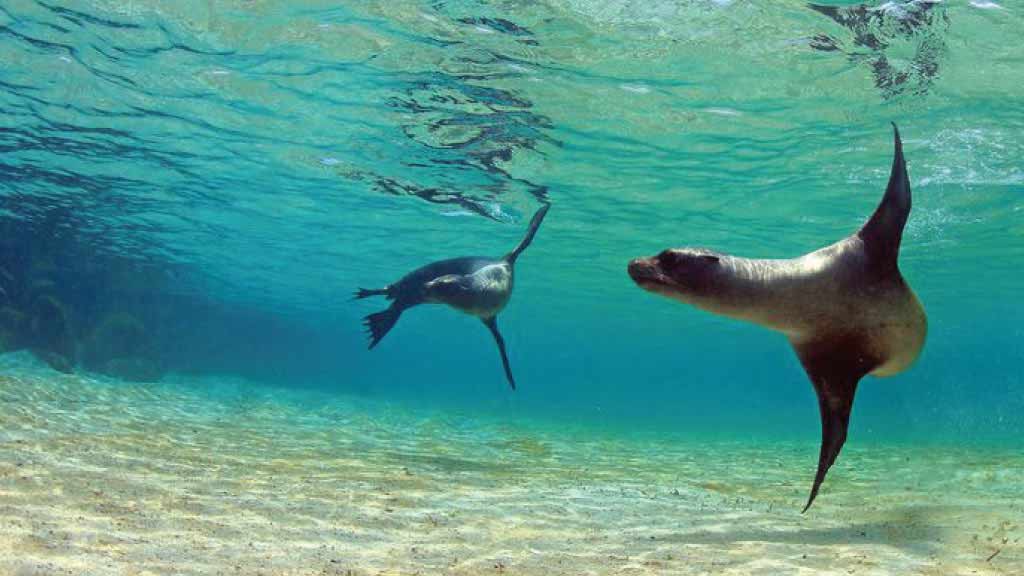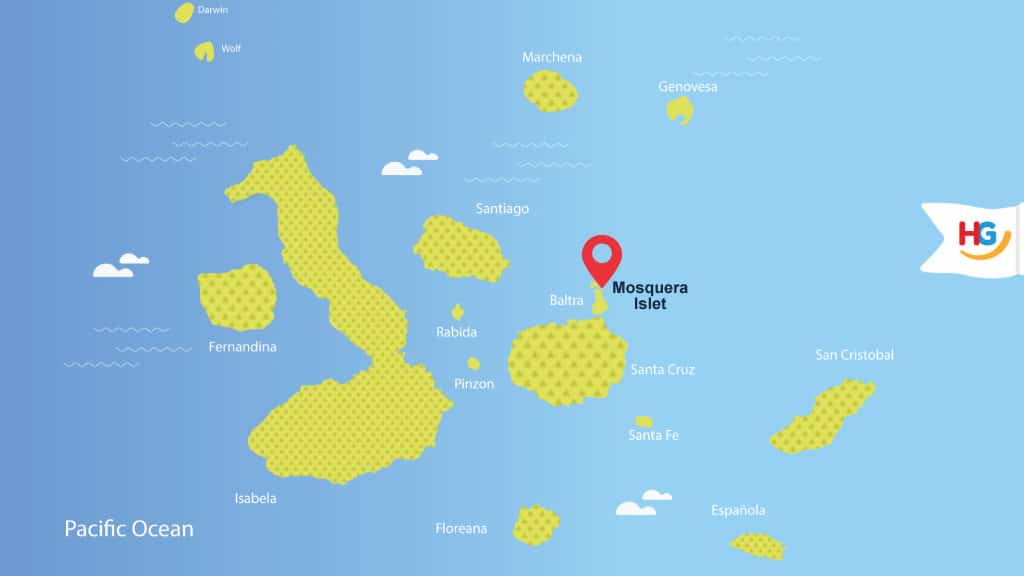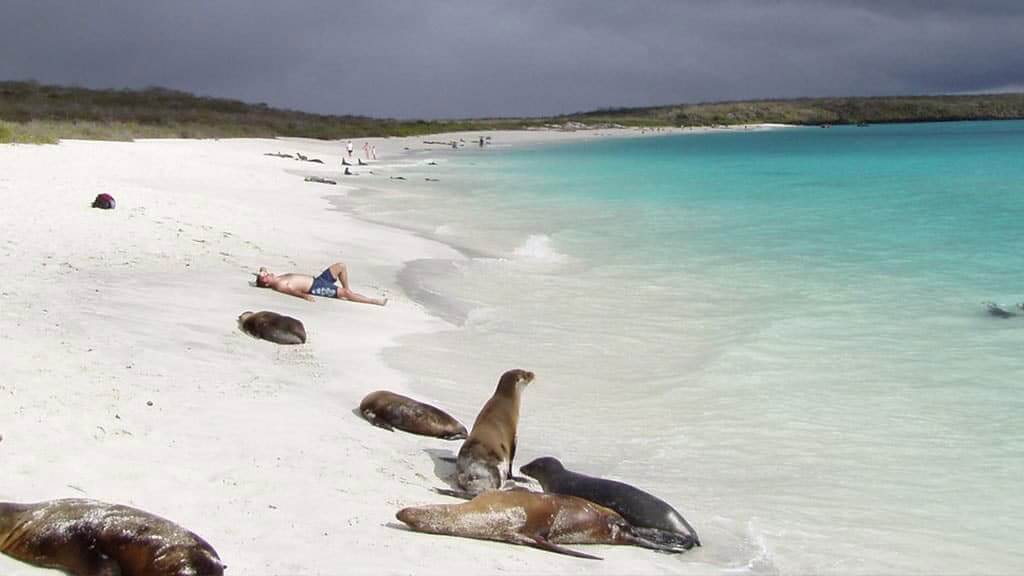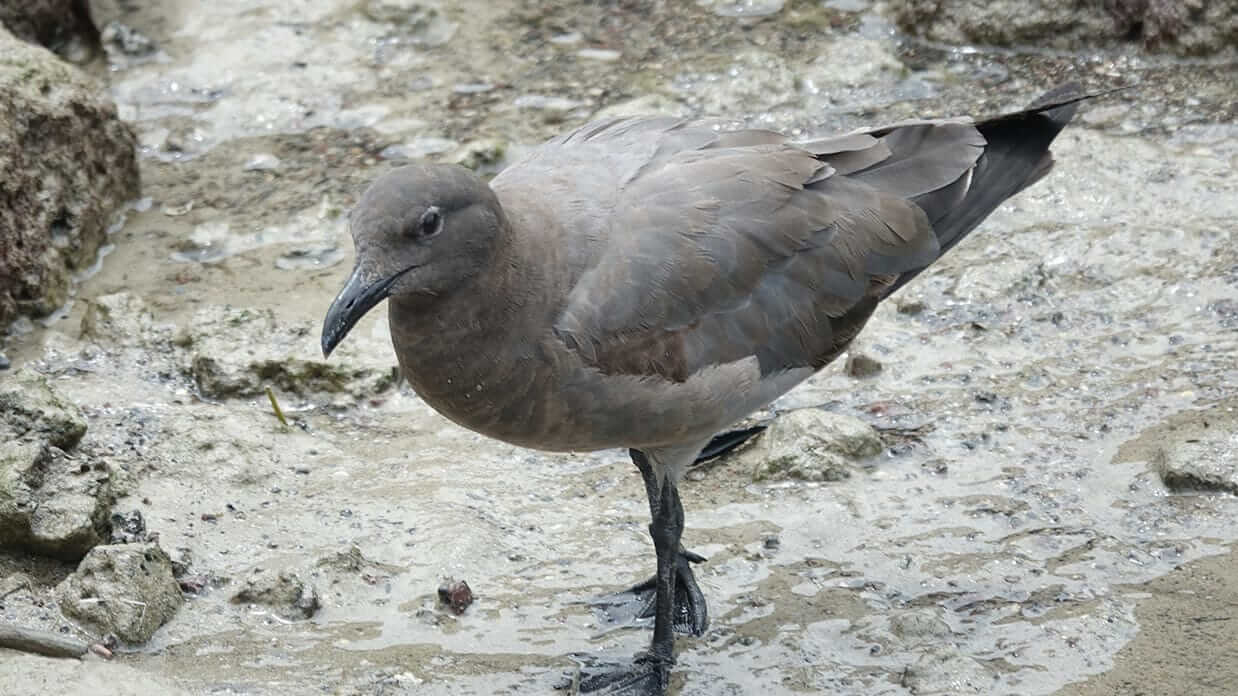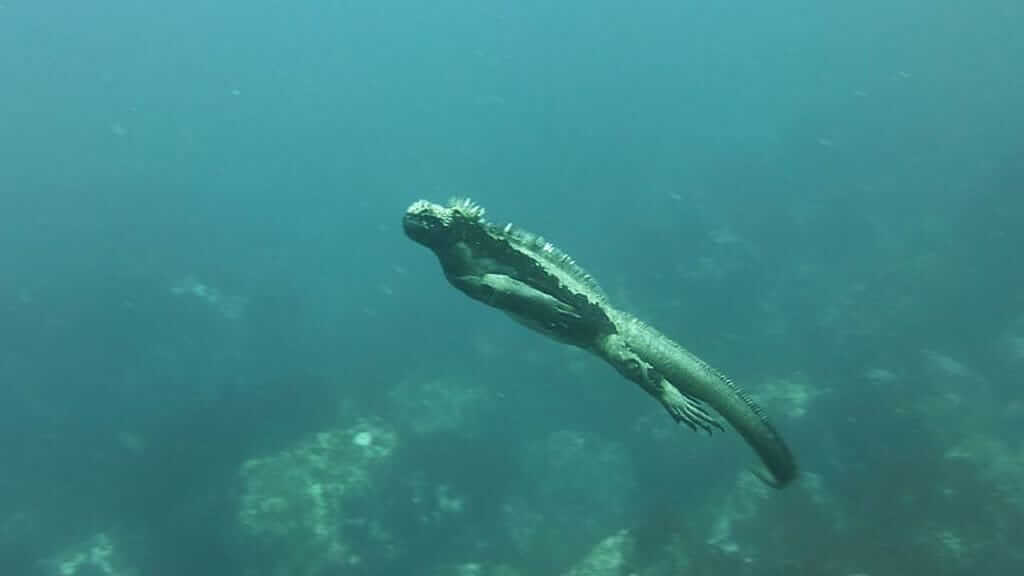Mosquera Islet
Mosquera Islet is a tiny Galapagos island with white sand beach, black lava rocks and turquoise waters. Due to it’s location close to Baltra airport this is often the first or last visitor site included into cruise itineraries. Mosquera may be small, but it makes up for it with a great diversity of interesting birds and animals. It’s also one of the few islands without marked trails, so visitors can explore at will.
Read on for everything you need to know to plan your visit to Mosquera Islet at Galapagos. What wildlife can you see here? Which activities and visitor sites await Mosquera visitors?
SECURE YOUR GALAPAGOS TRAVEL
Get a FREE personalised quote todayMosquera Galapagos Wildlife Highlights:
• Mosquera Islet’s biggest highlight is the resident colony of noisy Galapagos sea lions, one of the largest colonies of the archipelago.
• Bird lovers are in for a treat! Mosquera is home to a Lava Gull nesting site, the rarest gull on the planet.
• Other Mosquera birds to look out for include Blue footed boobies, Brown pelicans, Ruddy Turnstones, Sanderlings and Herons (Lava Heron & Yellow crowned).
• Mosquera snorkeling action is not to be missed. This is one of the best places to snorkel with playful sea lions. Also look out for tropical fish, sea turtles and sharks.
• If your lucky is really in, visitors may see Orcas cruising through the area to feed on sea lions.
About Mosquera Islet
English Name: n/a.
Ecuadorian Name: Mosquera.
Size: 600 meters long by 160 meters wide.
Population: zero (uninhabited)
Located between North Seymour and Balta, Mosquera Islet is one of the smallest islands at Galapagos. It is of volcanic origin, formed by geological uplift, has no visible crater and has very flat terrain.
One of the most striking things about Mosquera is the contrast in colors. A gorgeous white sand beach, with clear turquoise waters, lush green vegetation, and jet black lava rocks. Landscape photography is highly recommended here, especially in golden light conditions of early morning or sunset.
Where Is Mosquera Islet at Galapagos?
How to get to Mosquera Islet? Mosquera is located close to Baltra island and airport. The only way to visit Mosquera is on a Galapagos cruise – check to be sure that your yacht will make a stop here. For scuba divers it is also possible to visit Mosquera as a day dive from Puerto Ayora, Santa Cruz.
Contact us for a FREE GALAPAGOS CRUISE QUOTE, or for more information to plan your Galapagos vacation.
GET FREE ADVICE
From a Galapagos destination expert todayMosquera Islet Visitor Site:
Landing Type: Wet.
Trail length: Mosquera has no set trail.
Terrain: Easy and flat.
Mosquera Islet has only one visitor site. After an introduction your naturalist guide will give you free time to explore. Suggested activities include exploring the length of the beach, and snorkeling off the shore. The big plus for Mosquera visitors is that you have complete freedom here to explore - there are no marked trails to follow, and you can enjoy free time in this untouched wilderness without your guide.
A wet landing drops visitors onto the pristine white-sand beach, to be greeted by Galapagos sea lions. These cute creatures are often curious about human visitors, so don’t be surprised if they come right up to you for a closer inspection. Other Galapagos land animals to look for along the beach include Marine iguanas and colorful Sally lightfoot crabs. While the Sally Lightfoots are shy and scuttle away between rocks when tourists approach, the marine iguanas are happy to pose for photos. The tidal pools along the long, narrow beach are often teeming with life, so you never know exactly what you'll find from one day to another.
The large sealion colony sometimes attracts Orcas (Killer Whales) to Mosquera's waters. These clever predators come in close to shore to fee on sealions as they enter the sea. Visitors that catch a glimpse of Orcas here have been very lucky indeed!
Bird lovers be sure to wander down the beach to see the nesting Lava Gull colony. With just 400 nesting pairs on the planet, this is the rarest of gull species and endemic to the Galapagos islands. Lava gulls are not shy creatures, and are easily recognised by their sooty grey plumage and dark colored head. Also look out for wading shore birds and lava herons scavenging for food. Boobies and pelicans also often pass through on the lookout for a meal.
Galapagos snorkelers get ready, Mosquera has calm and clear waters with a host of marine creatures to discover. The coral reefs close to shore harbor rays, sea turtles, reef sharks, barracudas, moray eels and schools of attractively colored fish including hawkfish. Mosquera is definitely a Galapagos snorkeling experience not to be missed!
Mosquera Islet Diving:
It's also possible to day-dive at Mosquera islet from Puerto Ayora town. These tours are often combined with Gordon Rocks or Seymour Channel dives. The calm waters with little or no current make Mosquera the perfect site for beginners or intermediate scuba enthusiasts.
At depths of 15-18 meters divers find a sandy ocean floor with garden eels and pelagics, and a rock wall sloping further down into deeper water. Reef sharks (black tips and white tips) are a common sight, and Scalloped Hammerheads frequent this area too. Galapagos ray species to look out for include stingray, eagle ray and mobulas.
Book With The #1 Trusted
Galapagos Travel Agency
Note: All wildlife sightings are by their very nature unpredictable, and activities may be subject to change by your guide or the National Park Authority.
In conclusion, Mosquera Islet might not be one of your very top Galapagos highlights, but it does have much to offer. You have complete freedom to explore the gorgeous white sand beach in the company of sea lions. Rare bird sightings are very likely - the Galapagos lava gull is a noteworthy tick to any birding bucket list . The waters around Mosquera also hold many surprises for snorkelers and divers. If you’re extremely lucky you might even see Orcas just off shore, or hammerheads in the depths. Mosquera is definitely a fun little place to visit to start or end your Galapagos vacation.

